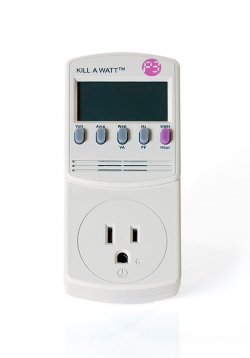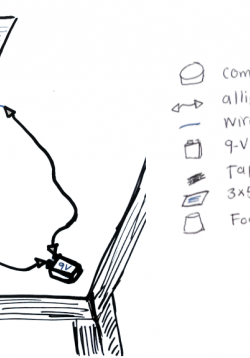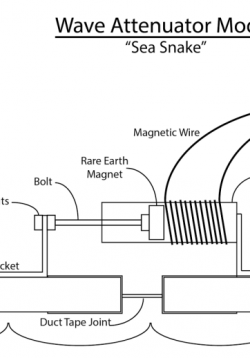Solar Car Challenge: Team Brainstorm
Students will play around with the solar car kits to familiarize themselves with the materials in preparation for the solar car engineering challenge.
Solar Car Challenge: Develop Your Solution
Students will play around with the solar car kits to familiarize themselves with the materials in preparation for the solar car engineering challenge.
Solar Car Challenge: Test Your Solution
Students will play around with the solar car kits to familiarize themselves with the materials in preparation for the solar car engineering challenge.
Solar Car Challenge: Solutions Briefing
Students will play around with the solar car kits to familiarize themselves with the materials in preparation for the solar car engineering challenge.
Solar Car Challenge: Redesigning Your Solution & Results of the Design Process Activity
Students will play around with the solar car kits to familiarize themselves with the materials in preparation for the solar car engineering challenge.
How much energy do YOU use?
Students will learn the difference between energy and power. They will then use this new understanding to compare the energy and power difference of light bulbs (incandescent, halogen, fluorescent, and LED) using a tool called a “Kill-A-Watt” meter....
Introduction to Electromagnetism
Through a series of goal-oriented activities and research, students will build physical models that demonstrate the interactions between magnetism and magnetic fields as well as interactions between magnetism and electric fields. Students will be...
Building a Tidal Wave Attenuator
This lesson is designed to build upon investigations of electromagnetic energy by applying these phenomena to transfer the kinetic energy moving in waves to electricity by building a wave attenuator.
Testing a Tidal Wave Attenuator
Students will test the efficiency of the tidal wave attenuator models that they previously built. They will determine variables on their models they can manipulate, such as wire gauge and magnet strength, and measure the effects of manipulating this...



